Invented by Steven T. Deininger, Michael J. Baade, Charles E. Peters, Medtronic Inc
Implantable medical devices are designed to monitor, support, or replace a specific function within the body. They can be used to treat a wide range of conditions, including cardiovascular diseases, neurological disorders, orthopedic injuries, and chronic pain. These devices are typically made from biocompatible materials to ensure compatibility with the human body and minimize the risk of rejection or infection.
One of the key drivers of the market for implantable medical devices is the aging population. As the global population continues to age, the prevalence of chronic diseases and age-related conditions is increasing. Implantable medical devices offer a long-term solution for managing these conditions and improving patient outcomes. Additionally, advancements in technology have led to the development of more sophisticated and effective implantable devices, further driving market growth.
Another factor contributing to the growth of the market is the increasing demand for minimally invasive procedures. Implantable medical devices offer a less invasive alternative to traditional surgical interventions, reducing the risk of complications and improving patient recovery times. This has led to a shift in preference towards implantable devices, driving market demand.
Furthermore, the rising prevalence of lifestyle diseases, such as obesity and diabetes, has also fueled the demand for implantable medical devices. These devices can help manage and control these conditions, providing patients with a better quality of life and reducing the burden on healthcare systems.
The market for implantable medical devices is highly competitive, with numerous players vying for market share. Key players in the industry include Medtronic, Johnson & Johnson, Abbott Laboratories, and Boston Scientific Corporation. These companies invest heavily in research and development to introduce innovative products and gain a competitive edge.
However, the market also faces challenges. The high cost of implantable devices, coupled with limited reimbursement options, can hinder market growth. Additionally, concerns about the safety and efficacy of these devices, as well as regulatory hurdles, can impact market expansion.
Despite these challenges, the market for implantable medical devices is expected to continue growing in the coming years. Technological advancements, increasing healthcare expenditure, and the growing prevalence of chronic diseases will drive market demand. Additionally, the ongoing COVID-19 pandemic has highlighted the importance of remote monitoring and telehealth, further fueling the adoption of implantable medical devices.
In conclusion, the market for implantable medical devices is witnessing significant growth due to factors such as the aging population, demand for minimally invasive procedures, and the rising prevalence of chronic diseases. While challenges exist, the market is expected to continue expanding as technology advances and healthcare systems prioritize patient-centric care. Implantable medical devices have the potential to revolutionize healthcare and improve patient outcomes, making them a crucial component of modern medicine.
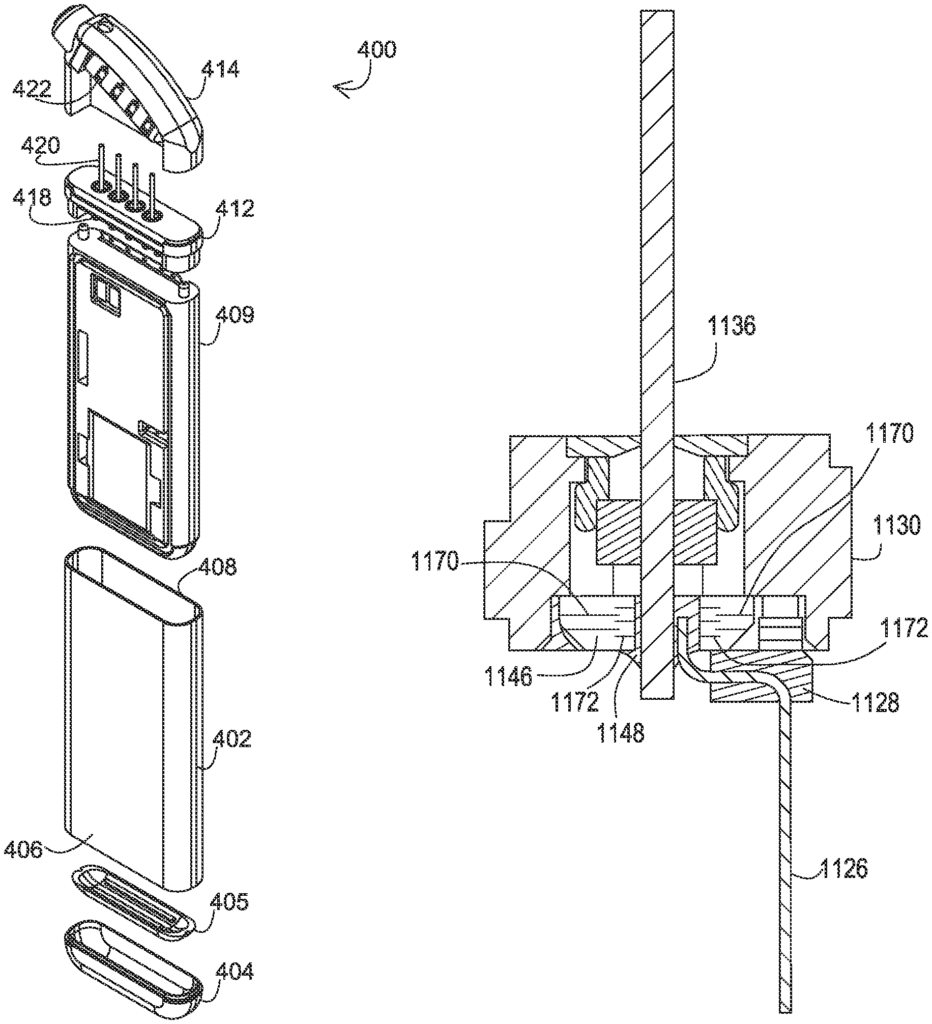
The Medtronic Inc invention works as follows
An implantable device includes a enclosure sleeve made of grade 5 titanium. The enclosure sleeve includes a circuitboard that has at least a portion circuitry for a pulse-generating device and a battery electrically connected to that portion circuitry. The enclosure sleeve is fitted with a bottom cap. The enclosure sleeve is attached to a connector block module assembly. The connector block module assembly has a plurality of leads connections within it. Feedthrough pins transmit stimulation signals from the pulse generator to lead connections in the connector block module. “A ground conductor is located within the enclosure sleeve, electrically connected to the circuit board. A ground pin is also electrically attached to the ground conductor.
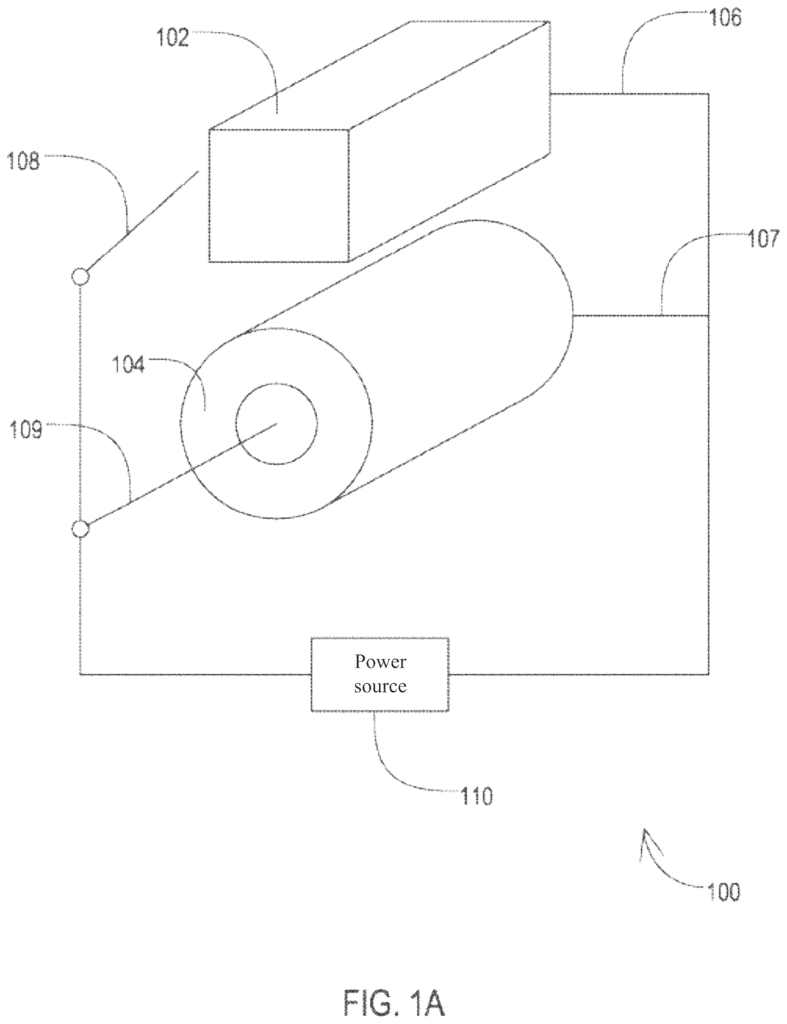
Background for Implantable medical device
Implantable Medical Devices (IMDs), typically, include a connector assembly mounted on a sealed enclosure. The connector enclosure assembly receives the proximal end a medical led and provides electrical connectivity to the electrical circuitry within the enclosure of the device and the conductors in the medical lead. The connector enclosure assembly can be used to secure the medical lead while isolating the electrical connections against external conditions, such as body fluids.
It is desirable that medical devices become smaller and less intrusive. It is especially true for implantable devices, where a smaller device allows a smaller pocket to form in the patient. A smaller size can present design challenges. This is especially true for the connector enclosure assembly where there may be a certain number of electrical contact. The medical lead is usually implanted in such a way that it is in excess near the medical device. It is also difficult to orient the excess lead when it leaves the device.
Embodiments” address these issues and others by providing medical device connector assembly enclosures that include a lead path that is angled in relation to the plane of a base. The angled lead can be combined with other design features in order to achieve a small connector enclosure assembly.
Embodiments” provide a connector enclosure assembly for a medical device that includes a housing with an opening, a base defining plane, and an electrical connector within the housing. The electrical connector aligns with the opening, forming a lead-passageway. This lead passageway is at an angle of greater than zero degrees but less than 90 relative to the plane. “A feedthrough pin extends from the housing to contact the electrical connector.
Embodiments” provide a connector enclosure assembly for a medical device that has a housing with an opening, and a base that defines a plane. The housing contains a plurality of electrical plugs, separated by an interfering seal that contacts electrical connectors from each side. The electrical connectors align with the opening and form a lead path. The lead passageway is angled at an angle greater than zero but less than 90 degrees with respect to the plane.
Embodiments” provide a connector enclosure assembly for a medical device that has a housing with an opening, and a base with a plane. The housing contains a plurality electrically conductive plugs that are aligned to the opening, forming a lead passageway. The lead passageway is angled at an angle between zero and 90 degrees with respect to the plane. “The plurality electrical connectors includes at least one connector that’s electrically connected to a lead that exits a housing and at least another connector that’s not electrically attached to a lead that exits a housing.
DESCRIPTION DU DRAWINGS
FIG. “FIG.
FIG. “FIG.
FIG. “FIG.
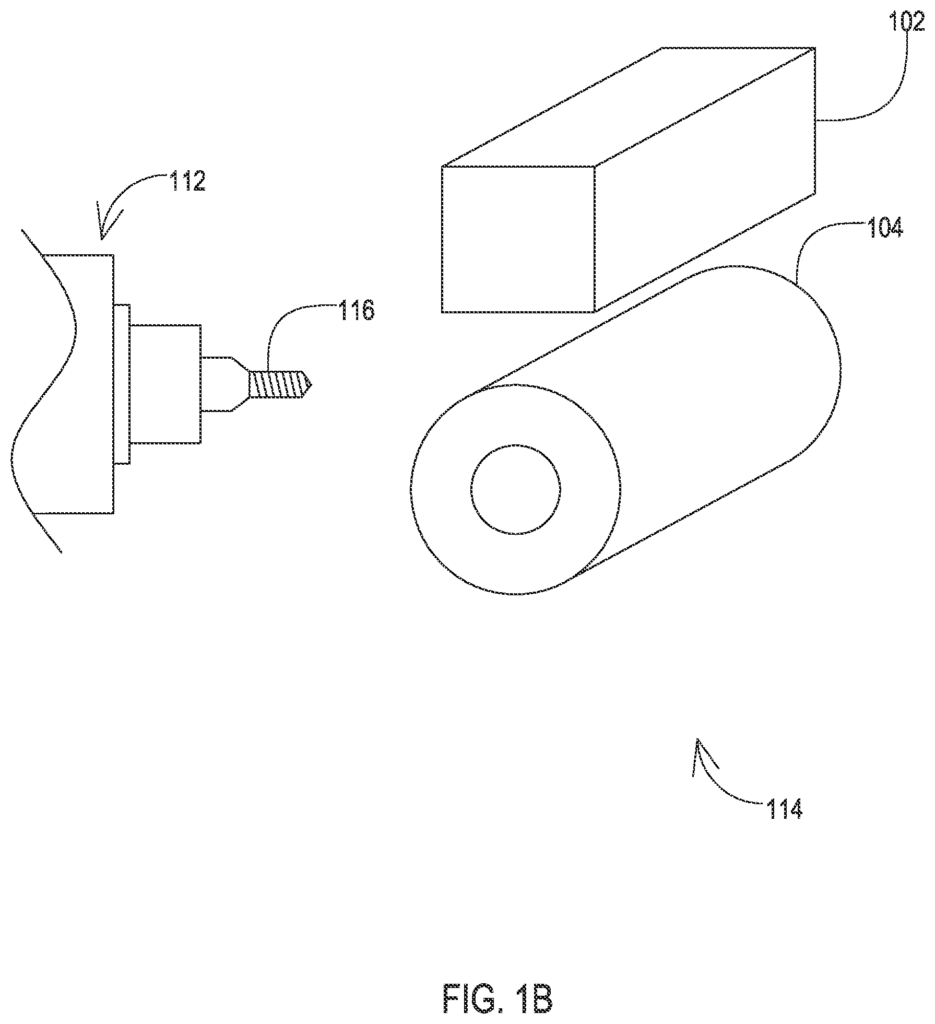
FIG. “FIG.
FIG. “FIG. 3A, forming an enclosure sleeve.
FIG. “FIG. 3A.
FIG. “FIG. 3B.
FIGS. “FIGS. 5A,5B,5C,and 5D are exploded perspectives of an illustrative example of an implantable device with a connector assembly and an angled lead path according to different embodiments.
FIG. “FIG.
FIG. FIG. 7 is another example of the manufacturing process to create an implantable medical instrument.
FIG. “FIG.
FIG. “FIG.
FIG. “FIG. “Figure 9 shows a can with part of the lid removed to reveal its interior features.
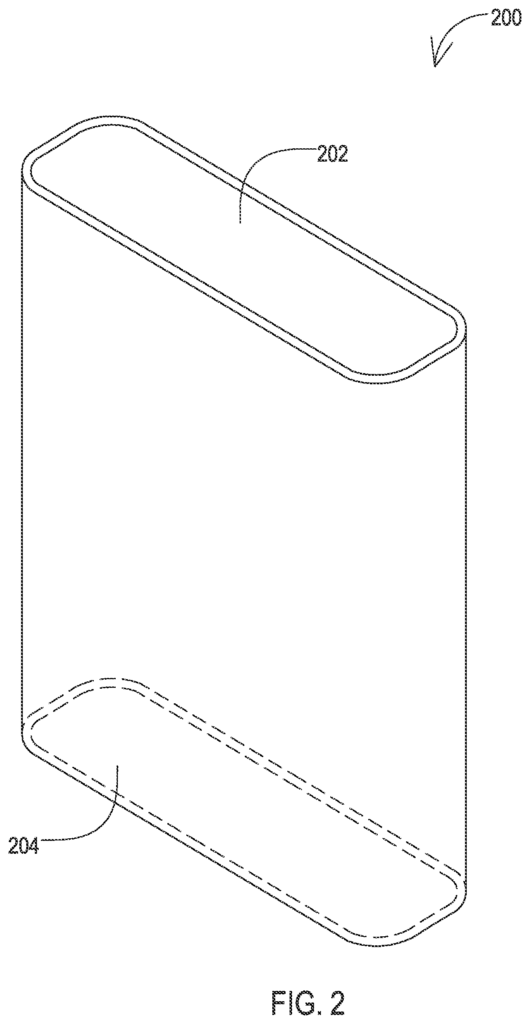
FIG. “FIG. “Figure 9 shows the interior of the implantable medical device with a connector cover removed.
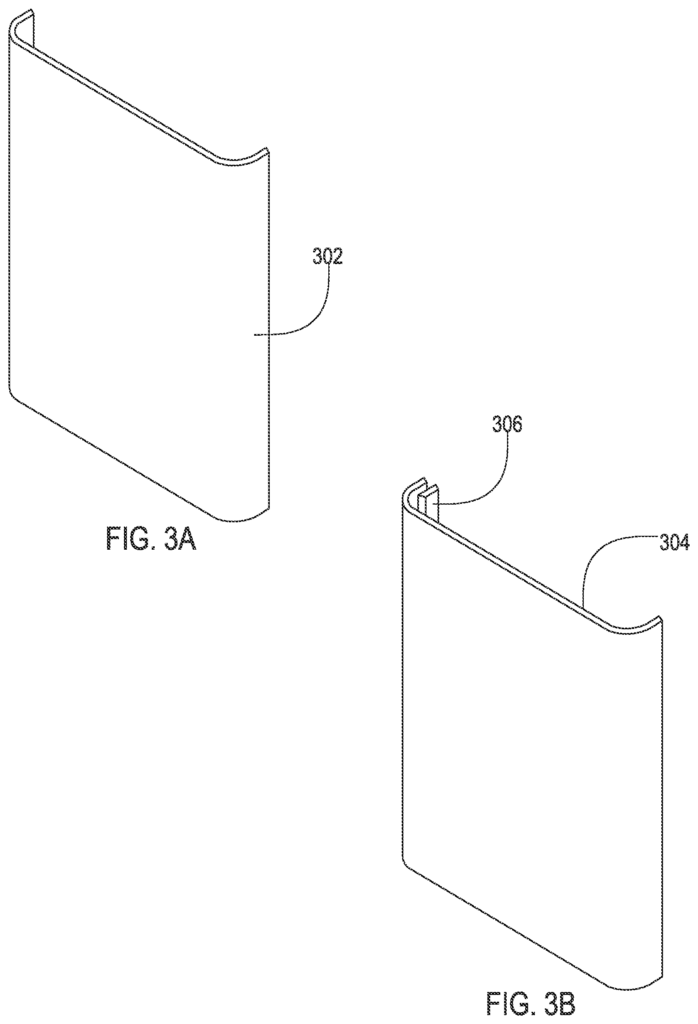
Click here to view the patent on Google Patents.
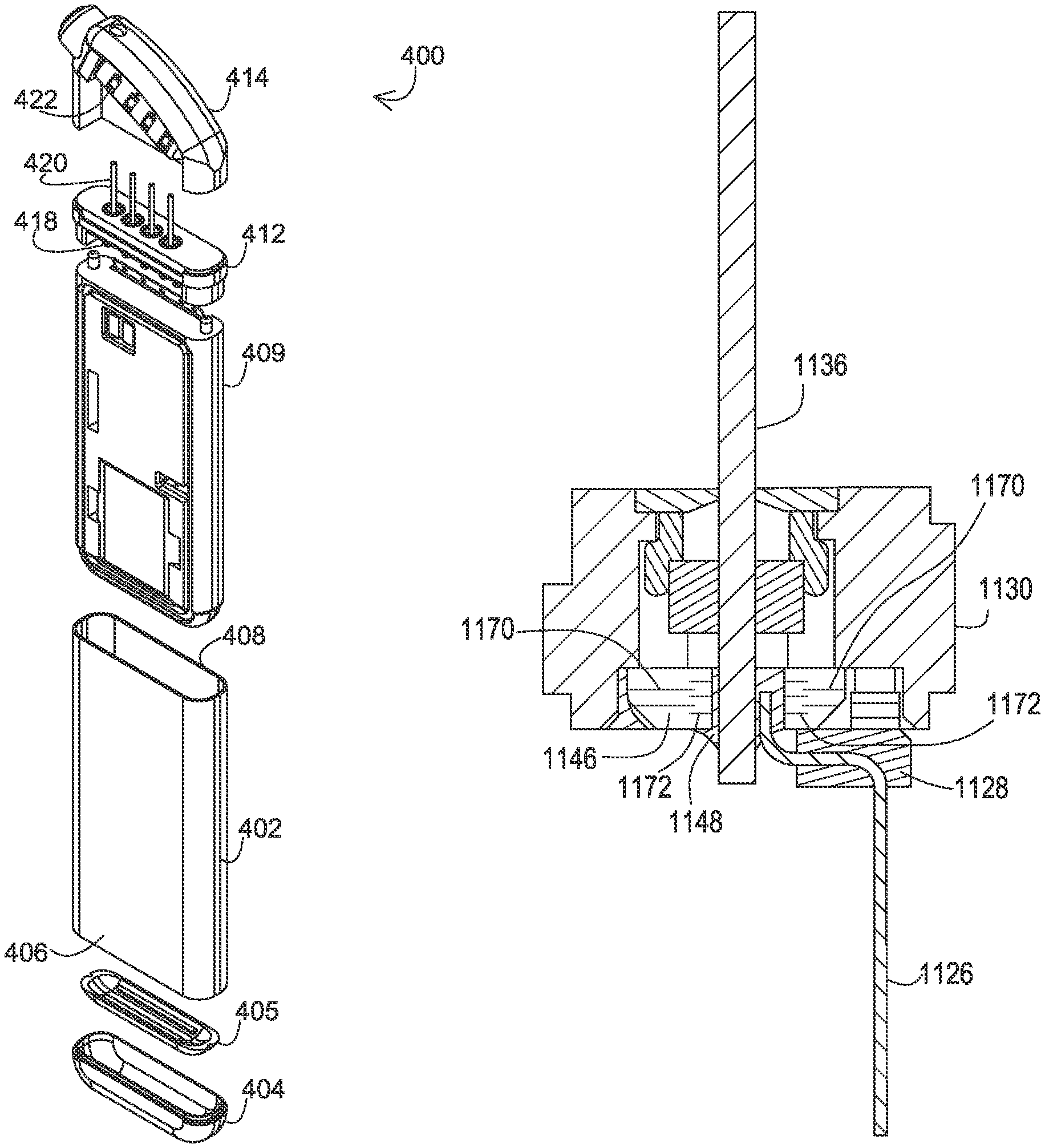
Leave a Reply